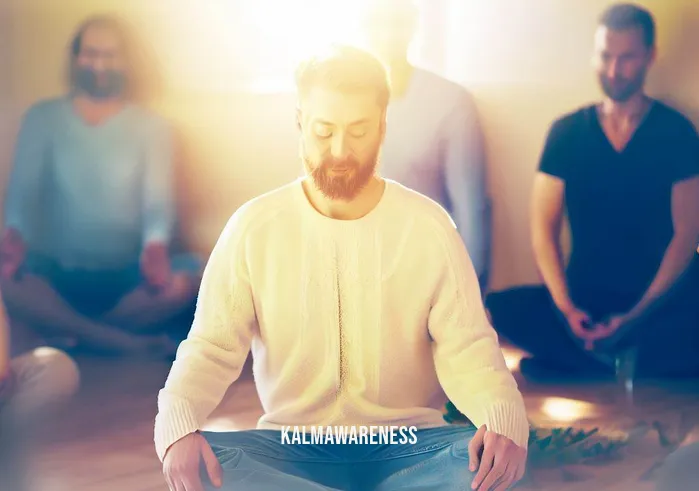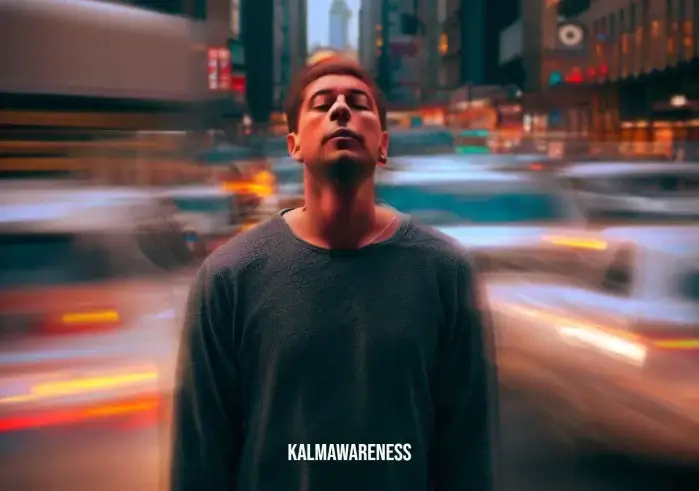Is It Normal To Cry During Meditation?
Meditation has been hailed as a tool for enhancing mental clarity, improving emotional well-being, and facilitating self-awareness. However, the experience is not always as straightforward as one might assume. For some people, a session of mindfulness or meditation can lead to unexpected emotional reactions, including crying. The question then arises: is it normal to cry during meditation? In this segment, we will delve into the intricacies surrounding emotions, mindfulness, self-awareness, and mental health to answer this compelling question.
The Science of Emotion During Meditation
Scientists have long studied the interaction between mindfulness and emotions. They have discovered that mindfulness is not just about attaining a peaceful state of mind in which thoughts are not occupied by worry. It is also about facing our inner world without judgment. So when you encounter strong emotions such as sadness, the objective is not to escape them but to examine them without judgement of the wise or anyone else.
Variations in Meditation Techniques
Different forms of meditation can also yield different emotional results. For instance, some techniques may involve an element of some meditation exercises that trigger emotional release more than others. While Jack Kornfield’s meditation for beginners might focus on anchoring the mind, others like Rouse Yoga or mindful hypnobirthing might target emotional balance or maternal wellness. It’s important to keep in mind that not all meditation techniques will evoke the same emotional response.
Breathing and Emotional Release
One aspect of meditation that often goes overlooked is the breathing component. Breathing is a crucial element of some meditation exercises that can have a significant impact on our emotional state. While some people meditate lying down, which could lead to a deeper emotional release due to the posture, others may prefer mindful movement sleep techniques that could have different emotional outcomes. Your breathing patterns during these exercises can significantly influence your emotional release.
“Breathing is the bridge between our emotional and physical existence. The way we breathe can either magnify or alleviate our emotional state.”
Why Do Some People Cry?
The phenomenon of crying during meditation could be attributed to emotional curiosity. When you meditate, you are allowing yourself the time and space to explore your emotional landscape. This exploration might lead to the uncovering of suppressed emotions or unresolved issues. These revelations might come as a surprise, causing one to cry as a form of release.
It’s essential to know that this is generally considered a healthy part of the process and contributes to sustainable self-care. Emotional release through crying can be a way to cleanse the emotional palette, providing room for fresh perspectives and deeper spiritual benefits.
To Cry or Not To Cry: A Preview
Is it normal to cry during meditation? The short answer is yes. But the underlying reasons can vary significantly from one person to another. In the next chapter, we will look at the societal perceptions surrounding crying during meditation and how these influence our emotional health and how we get deep so fast into emotional states. Understanding these factors can bring us closer to accepting our emotional selves, leading to a more fulfilling and enriching meditative experience.
To unravel more layers behind this phenomenon, continue reading.
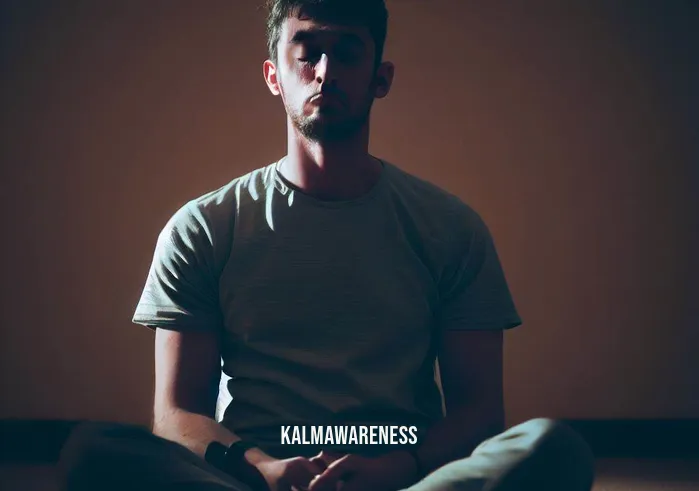
Emotional Landscapes: Navigating the Depths of Crying in Meditation
The curiosity surrounding the query, “Is it normal to cry during meditation?” opens a window into the complex terrain of human emotions. Building upon the understanding that crying is indeed a normal and often healthy outcome, this chapter delves into the why, when, and how of emotional releases during mindfulness practices.
The Significance of Accepting Emotional Releases
The reason why it’s critical to ponder on whether crying is a regular part of the meditative process lies in its implications for mental health. Acknowledging that emotional release through tears is natural and often beneficial can promote sustainable self-care.
Factors Influencing Emotional Release: A Table Overview
| Triggering Factors | Meditative Techniques | Emotional Response |
|---|---|---|
| Suppressed Memories | Mindful Hypnobirthing | Sadness or Relief |
| Current Stressors | Rouse Yoga | Anxiety or Calm |
| Spiritual Growth | Mirror Gazing | Enlightenment or Fear |
| Physical Discomfort | Mindful Movement Sleep | Frustration or Ease |
| Self-Reflection | Jack Kornfield Meditation | Self-Compassion or Criticism |
Understanding the nuanced factors that influence emotional release can better equip us to approach meditation with the right mindset. By doing so, we make room for a deeper, more transformative experience.
How Different Audiences Relate to Emotional Release
Teenagers
For teenagers, the query around the normality of crying during meditation might be coupled with societal perceptions and peer pressure. In a society where teenagers walking the tightrope between childhood and adulthood often face emotional challenges, the act of crying can be a potent release.
Adults
For adults, the societal norms may make them question the need for such emotional releases. Yet, it is critical to keep this in mind: understanding and accepting emotional outpourings as a normal part of self-awareness can be liberating.
The Elderly
In the case of the elderly, a lifetime of experience can make them more open to emotional release, yet societal norms often make them hide their feelings. A regular meditation practice can become a sanctuary for facing these suppressed emotions.
Techniques to Consider for Varied Emotional Experiences
Pretty Soon Meaningful Meditation: This focuses on short but consistent practices. It helps in understanding the “pretty soon” meaning behind the emotional rollercoasters experienced during meditation.
Touch That Body Part Meditation: Here, the focus is on body awareness, which may lead to emotional releases when you touch upon specific body parts.
One for Each Blessed Day Meditation: This involves a daily focus on different emotional states, drawing inspiration from the idea of one focus for each blessed day.
Understanding the dynamics behind these varied techniques can offer more than just a simple answer to the question, “Is it normal to cry during meditation?” It provides a pathway for authentic emotional engagement and more nuanced self-awareness.
What Lies Ahead?
As we’ve navigated the complex terrains of emotional release during meditation, we’ve learned not just the triggers but also the diverse experiences across different age groups. But what about the scientific basis of these emotional releases? Are they endorsed by the scientific community, and what do experts have to say about them?
For those and more insightful angles, continue reading in the next segment.
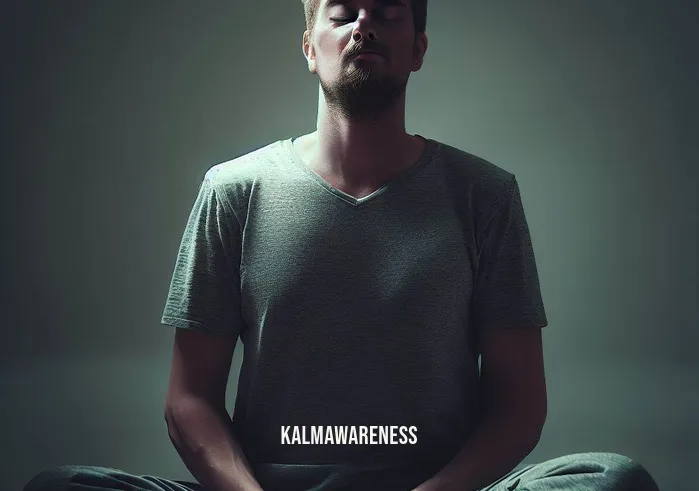
Tears as Catalysts: Unearthing Hope Through Emotional Meditation
Having explored the intricacies and multifaceted experiences related to crying during meditation, let’s now focus on the inspiration and hope this emotive aspect can bring. We’ll examine how the tears shed during mindfulness practices can serve as catalysts for personal growth and deeper understanding, while still pondering the overarching question, “Is it normal to cry during meditation?”
The Potential of Emotional Curiosity
“Curiosity will conquer fear even more than bravery will,” remarked James Stephens. Embracing emotional curiosity during meditation enables you to approach crying as an opportunity to deepen self-understanding, rather than as a problem to be solved. This curiosity lays the foundation for genuine self-exploration, illuminating hidden facets of your psyche.
Wisdom in Vulnerability
“Vulnerability is the birthplace of innovation, creativity, and change,” says Brené Brown. The act of crying during meditation may at first seem like a weakness but, seen through the lens of judgment of the wise, it reveals itself to be a potent source of strength. Acknowledging vulnerability is a key to unlocking deeper emotional and spiritual layers, often leading to a more peaceful state of mind.
Breath and Emotional Flow
“Let your tears water the seeds of your future happiness,” counseled Steve Maraboli. Indeed, the element of some meditation exercises is to harmonize breath and emotion. Crying could very well be an essential part of achieving balance and harmony within oneself. This act of shedding tears can be compared to emotional irrigation, watering the seeds of your internal landscapes.
Methods to Channel Emotional Release
Meditation Made Simple: Simplifying your meditation practice to focus solely on your emotional response can help you better understand the nuances of your tears. Meditation made simple is key for those who find themselves overwhelmed by the emotional aspects.
Lying Down Meditation: Some find emotional release easier when in a reclining position. If you wonder if you can achieve a meditative state while lying down, the answer is yes; you can meditate lying down.
Deep Dive Meditation: As its name implies, this method involves diving deep into your emotional ocean. The process of how we get deep so fast can often be credited to the power of focused meditation, allowing for a quicker journey to emotional release.
Tears: The Insignia of a Brave New Journey
“To weep is to make less the depth of grief,” William Shakespeare insightfully noted. Shedding tears during meditation may initially appear as a sign of distress, but it often symbolizes a courageous inner journey. Taking the time to explore these emotions with an open heart allows you to reclaim your authentic self.
So, is it normal to cry during meditation? Not only is it normal, but it also serves as a gateway to greater emotional freedom and spiritual depth. Such tears are not a sign of failure but an emblem of a brave new journey toward self-discovery and peace.
Coming Up Next
We’ve covered a lot of emotional and inspirational ground, but there’s still more to discover. What does the scientific community say about emotional releases during meditation? How does the body physiologically respond to such experiences? Uncover the scientific validation and physiological underpinnings in the next chapter. Prepare to be surprised and empowered as you continue on this enlightening journey.
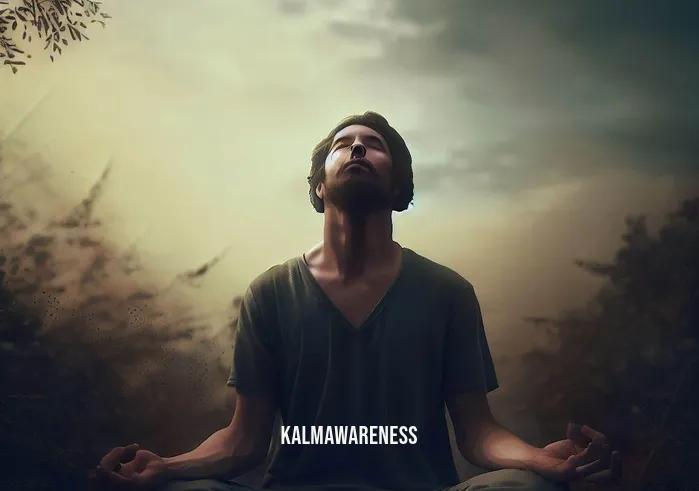
The Anatomy of Tears: Understanding the Undercurrents of Emotional Meditation
After venturing through the emotional and inspirational aspects of crying during meditation, it’s time to break it all down. This chapter will deeply explore the details surrounding the oft-asked question, “Is it normal to cry during meditation?”
A Quick Reflection on Mindfulness
Before diving into details, it’s vital to note that mindfulness is an essential tool that helps us better understand ourselves. One approach to achieving this is through mindful hypnobirthing, which taps into the mind-body connection to create a transformative experience. While not exactly related to meditation, it helps underline the power of mindfulness in understanding our emotional responses.
Factors Influencing Emotional Release
Let’s begin by breaking down the multiple factors that can influence emotional release during meditation.
State of Mind: Your current mental state plays a significant role in determining your emotional responses.
Type of Meditation: Different types of meditation elicit different emotions. Rouse yoga, for example, can be invigorating and uplifting, thereby evoking entirely different emotional states compared to silent meditation.
External Influences: Factors such as your environment and stress level contribute to your emotional response during meditation.
Past Experiences: Unresolved issues can surface during deep meditation sessions, triggering emotional reactions.
What Those Tears Might Mean: A Breakdown
Relief Tears: These tears often come with a sense of unburdening. The act of crying can spell relief and feel like a form of sustainable self-care.
Tears of Joy: Yes, they do exist even in the context of meditation. These often accompany moments of gratitude or spiritual awakening.
Tears of Grief: A reflection of underlying sadness or loss that may need addressing for overall emotional well-being.
Therapeutic Tears: These are tears shed when we reach a level of profound understanding or self-awareness. Like Jack Kornfield’s meditation for beginners, the intention here is therapeutic.
Tears of Physical Release: Sometimes the body needs to release pent-up stress hormones, and crying is one effective way to do so.
Existential Tears: These tears might occur when contemplating the larger aspects of life, universe, and existence. This is where train your mind to be stronger than your feelings comes into play, aiding in emotional resilience.
Interactions Between Breath and Emotion
Breathwork is a foundational part of many meditation practices. It’s worth considering how to spell stabilize your emotional state by regulating your breathing patterns. This involves:
- Deep Breathing: Helps in calming the mind and reducing stress.
- Short Breaths: Can aggravate an already emotional or anxious state.
Looking Ahead to the Final Chapter
We’ve come a long way in understanding the different layers and meanings behind tears in the context of meditation. In the final chapter, we will encapsulate all these insights into a coherent summary while also answering some of the most commonly asked questions. Prepare to gain conclusive insights that will not only answer the question, “Is it normal to cry during meditation?” but also empower you to make the most of your meditative practices. Stay tuned for the enlightening conclusion.
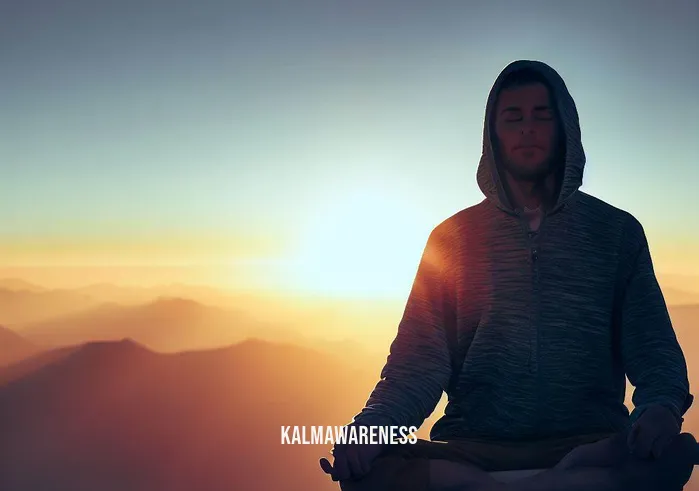
When Tears Become Pearls: A Refreshing Perspective on Emotional Meditation
Here we are, at the end of our enlightening journey through the complexities and nuances surrounding the question, “Is it normal to cry during meditation?” By now, it’s clear that such emotional responses aren’t merely normal but are often signs of deeper self-awareness and emotional release.
A Quick Recap
For those of us who might be joining this conversation at the tail end, it’s crucial to note that emotions and meditation have a complex, interwoven relationship. Whether you are practicing one meditation for each blessed day or engaging in something more specific like mirror-gazing for spiritual benefits, emotional reactions can happen.
Pearls of Wisdom
Let’s take a moment to encapsulate the wisdom we’ve unearthed:
Understanding Yourself: Meditation offers a unique lens through which you can explore your emotional realm.
The Importance of Breath: As we’ve learned, breathwork serves as an element of some meditation exercises and plays a crucial role in shaping your emotional responses.
The Diverse Causes: There are myriad factors, both internal and external, that can lead to tears during meditation.
The Types of Tears: Knowing the different types of tears, from relief tears to existential tears, can help you navigate your emotional landscape.
Taking Action: Being equipped with this knowledge, it’s time to go beyond the mere judgment of the wise and to take actionable steps to better your emotional well-being.
A Light-hearted Farewell and a Path Forward
At this point, you might be wondering, “Can you meditate lying down?”. The answer is yes! Meditation is an inclusive practice that accommodates your comfort. So whether sitting or lying down, remember that it’s not the posture but the intention that counts. The best position is the one that allows you to be introspective and perhaps even a little emotionally curious.
Your Next Steps: A Call to Action
As we wrap up, we encourage you to not just stop here. Dive deeper into the rich content of our magazine, perhaps even revisiting earlier segments for a fresh perspective now that you’re equipped with all this knowledge. Whether you’re keen to learn about how we get so deep so fast in our meditation practices or are curious about emotional curiosity, we have a treasure trove of insights waiting for you.
A Heartfelt Thank You!
Lastly, a sincere thank you for accompanying us on this enlightening journey. We hope you’ve gained as much from it as we have from putting it together. Our magazine is committed to fostering a community where you can explore your deepest self. Stay tuned for more enlightening topics and discussions that help unravel the mystery of being human.
In the spirit of exploration and continual growth, we invite you to keep an open mind and an even more open heart as you move forward. Whether you are a novice just starting with meditation made simple or a seasoned practitioner, each moment offers a new beginning.
Until the next enlightening chapter, keep meditating, keep feeling, and most importantly, keep being you.
